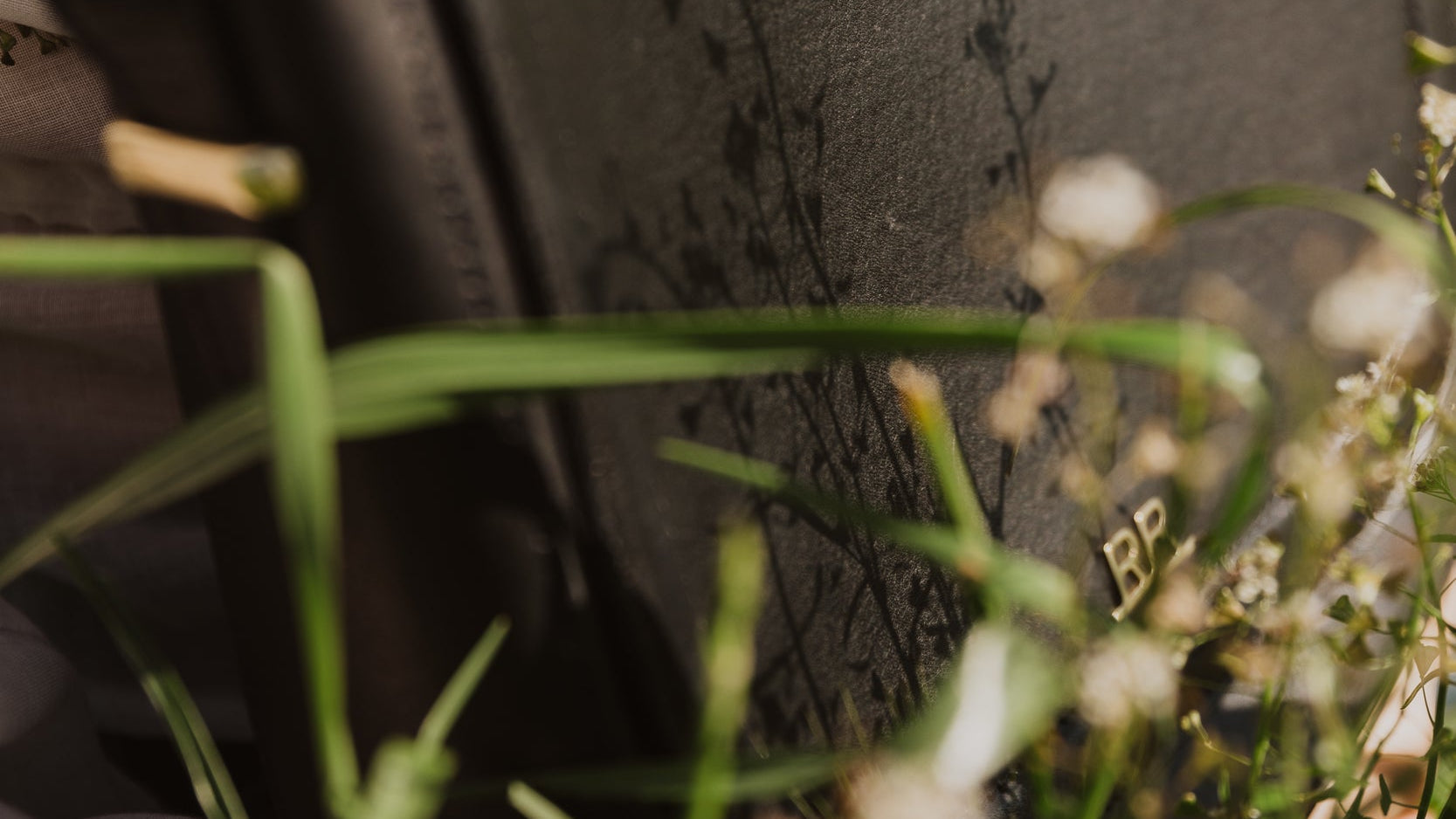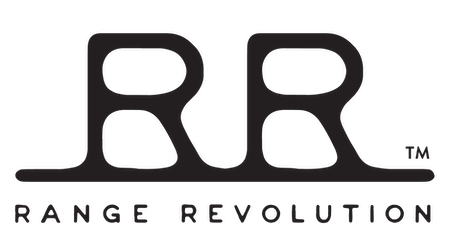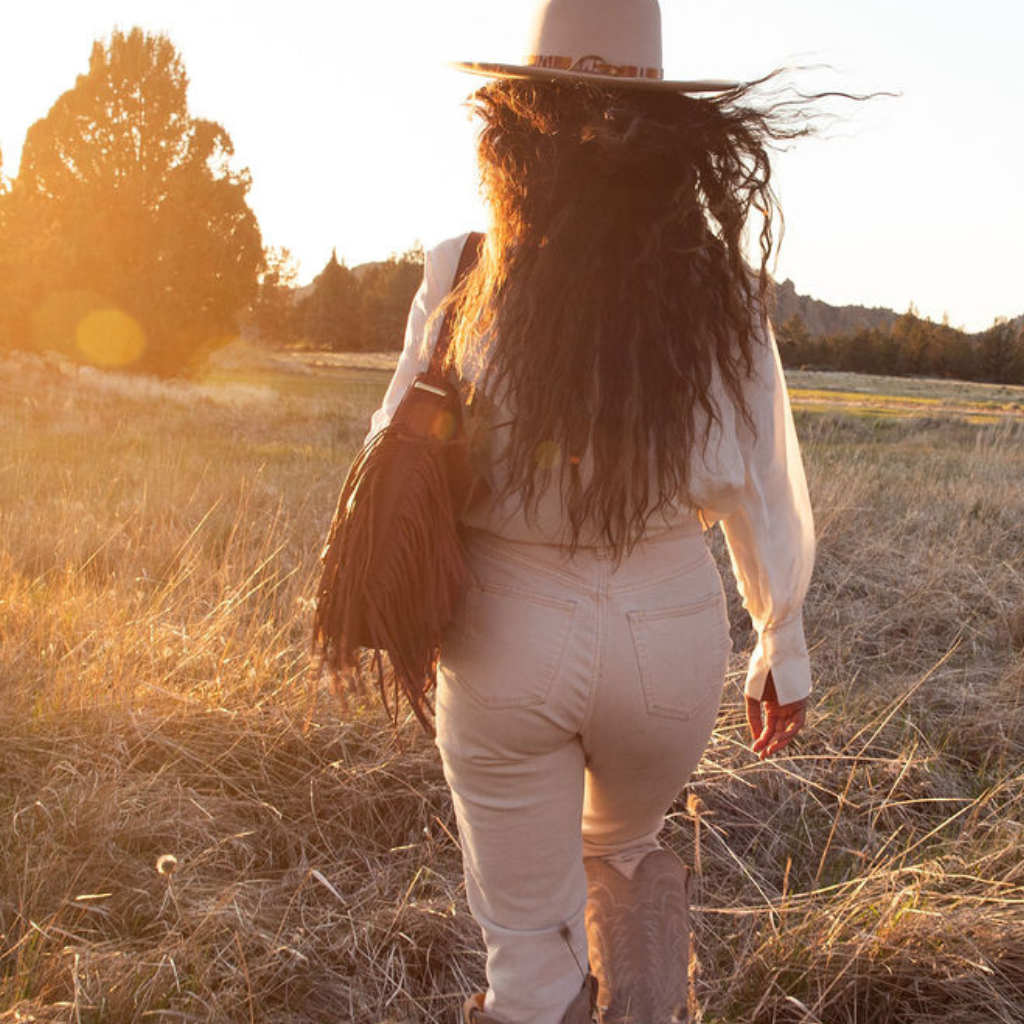Article: Embracing Circular Economy: The Future of Leather Goods

Embracing Circular Economy: The Future of Leather Goods
The fashion world keeps spinning faster. As we move through 2025, trends that seemed fresh a few months ago have already faded — leopard print is surging 138% this season, brown leather accessories are everywhere, and barn jackets are back. Social media fuels this constant churn, with fast fashion brands racing to keep up.
But here's something more encouraging: secondhand fashion buyers have grown 25% worldwide since late 2022. People are starting to ask different questions about their purchases. The bigger question we should all be asking: at what cost does this speed come?
More people are waking up to their environmental footprint. There's a growing desire for products that don't just look good — they need to do good, too. The fashion industry, now valued at $1.7 trillion globally, is being pushed toward real change. Let's talk about what a circular economy actually means when it comes to leather goods, and why natural materials matter more than ever.
What Circular Economy Actually Means for Fashion
So what, exactly, is a circular economy as it relates to fashion and natural materials? A circular economy is an economic system designed to eliminate waste by keeping products and materials in continuous use for as long as possible.
In fashion, this means designing garments and accessories to be reused, repaired, and ultimately recycled — moving away from the linear "take, make, dispose" model that has dominated the industry for decades. For natural materials like leather, this isn't just theory, it's how things should work.
Leather starts as a by-product of the food industry. Ranchers raise cattle for meat, and rather than waste the hides, we transform them into something durable and beautiful. When a quality leather piece finally wears out decades later, it can break down naturally or be composted, returning to the soil instead of sitting in a landfill for centuries like synthetic materials do.
This is what true stewardship looks like. It's working with natural cycles, not against them. It's respecting what the land provides and making sure nothing goes to waste.
We Design for the Long Haul
Quality over quantity. It's an old idea that matters more now than ever. When we design leather goods at Range Revolution, we're not chasing trends. We create pieces in classic styles with modern utility. You know, the kind of bags and accessories that become daily companions, not closet clutter.
We use responsibly sourced American leather from ranchers who care about their land and their herds. These pieces are built to last decades, not seasons. That's the opposite of disposable fashion. It's about making something so well that you'll want to keep it, repair it, and maybe even pass it down someday.
When Repair Isn't Enough
Good leather lasts – and with proper care, a leather bag can easily see you through decades of use. When something does need fixing, whether that’s a worn strap or a loose stitch, that's part of the journey. You repair it and keep using it versus you throwing it out and reacquiring something. And if a piece truly reaches the end of the road? Unlike synthetic materials that will sit in landfills essentially forever, leather can be broken down, composted, or its materials reused.
Our goal at Range Revolution is simple: work with regeneratively sourced American leather that supports ranching practices focused on land health, and create products that honor both the animal and the ecosystem they came from.
The Numbers Tell a Story
The shift toward circular fashion isn't just talk—it's backed by real momentum. The circular fashion market is valued at $7.63 billion in 2025 and projected to reach $13.94 billion by 2032. People want sustainable options, and they're willing to invest in them.
But we're not where we need to be yet. Right now, only 9% of materials in the fashion industry get recycled, and 92 million tons of textiles are wasted every year. Those numbers should bother us.
Here's what gives us hope: fashion resale is expected to hit $476 billion by 2030. More people are choosing to buy secondhand, repair what they have, and keep things in circulation longer. That's the kind of shift that matters.
At Range Revolution, we built our business around these principles from day one. Our supply chain, our materials, our design choices—they're all made with less waste and longer life in mind. Because that's what responsible stewardship looks like.
You Purchases Have Power
Every purchase is a vote for the kind of world you want to live in.
Start with what you already own. Repair it. Care for it. Use it until it's truly done.
When you do need something new, ask better questions:
- Who made this?
- How was it made?
- Will it last?
- Can it be repaired?
These aren't radical ideas, they're just common sense. They're about respecting resources, supporting responsible practices, and refusing to participate in a system built on waste.
We can build a fashion industry that values quality over quantity, longevity over trends, and stewardship over extraction. By choosing well-made pieces from natural materials like responsibly sourced American leather, you're choosing to work with nature's cycles instead of against them.
Range Revolution. Leather from the land, for the land.



Leave a comment
This site is protected by hCaptcha and the hCaptcha Privacy Policy and Terms of Service apply.